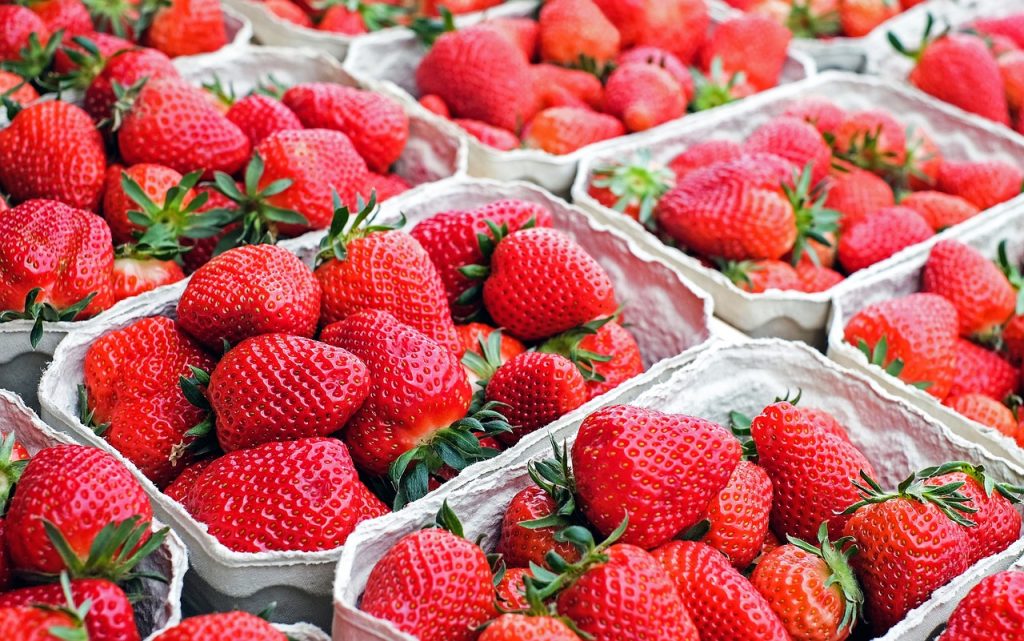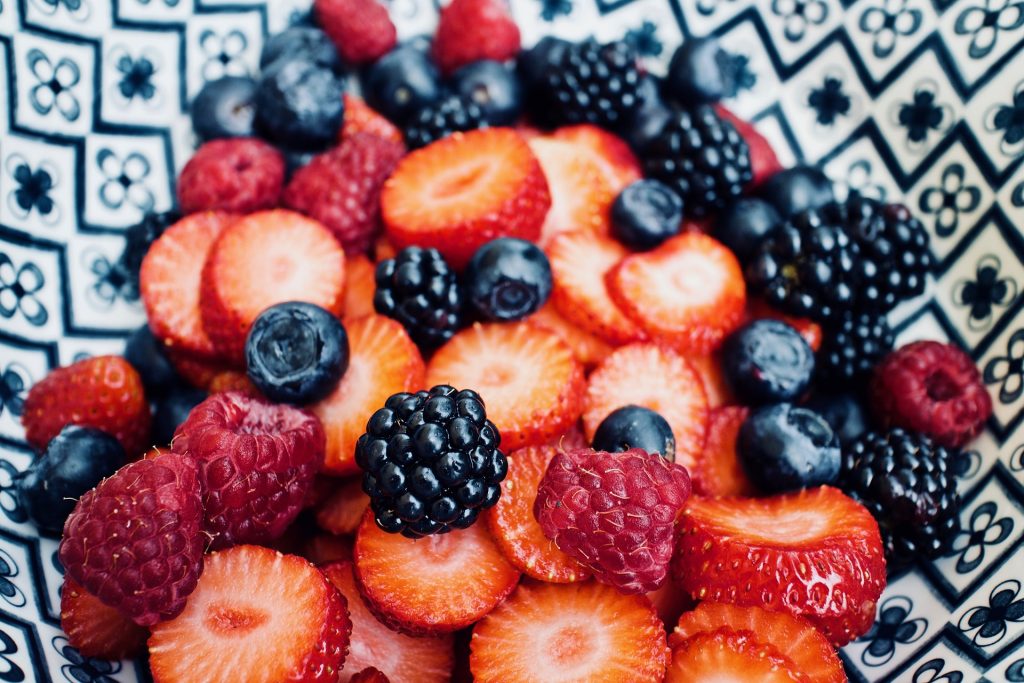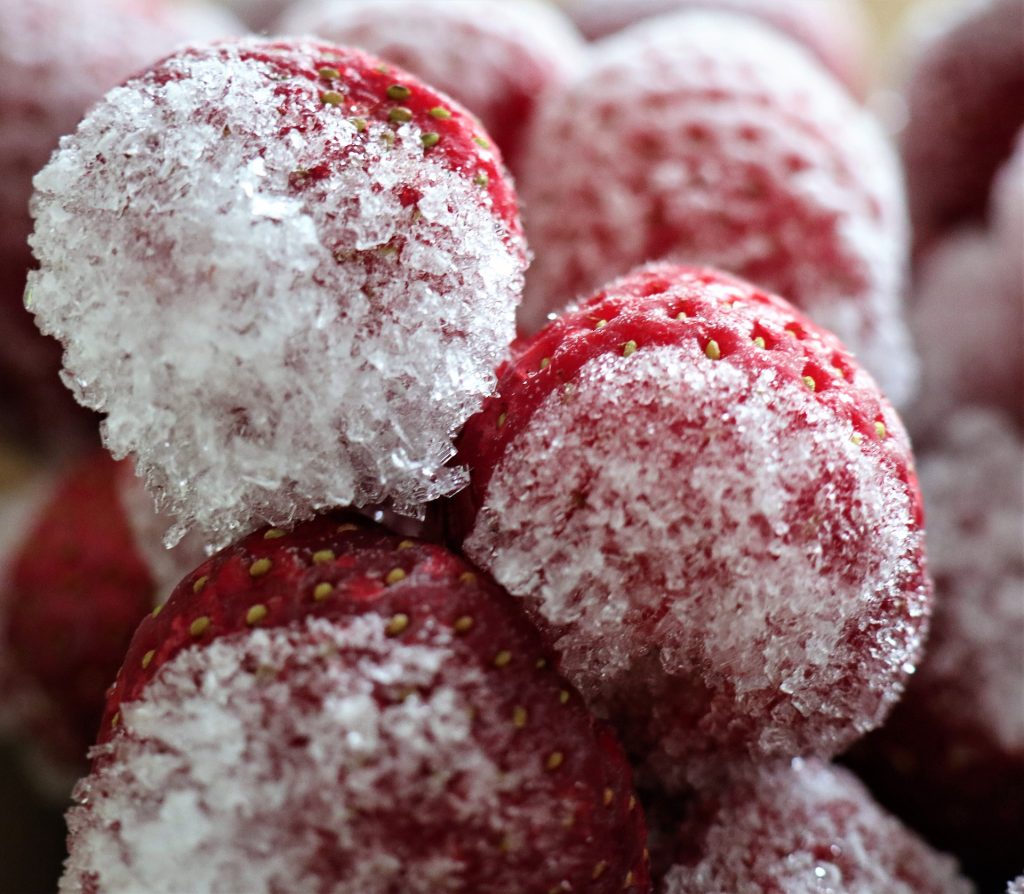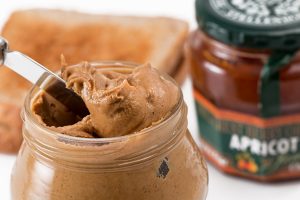Strawberries, with their vibrant color and sweet taste, are a delightful addition to any diet. However, their perishable nature requires proper storage to maintain their freshness and flavor. Whether you’ve just returned from the farmers’ market with a basket of ripe strawberries or have a surplus from your garden, understanding the art of strawberry storage is essential to ensure that these berries remain delicious for an extended period. In this guide, we will explore various methods to store strawberries, keeping them at their peak and ready for consumption.
Understanding the Perishability of Strawberries
Before delving into storage techniques, it’s crucial to comprehend why strawberries are so perishable. Strawberries are high in water content, making them prone to mold growth and rapid decay. Their delicate texture and thin skin also contribute to their vulnerability. The deterioration process is accelerated with the exposure to moisture and air, leading to a loss of firmness, color, and flavor.

- Selection of Fresh Strawberries
The journey to preserving strawberries begins with selecting the right ones. When purchasing or picking strawberries, look for firm, plump berries with a vibrant red color. Avoid berries with soft spots, mold, or a dull appearance. The stem should be fresh and green, indicating a recently harvested strawberry. Choosing high-quality strawberries at the outset sets the foundation for successful storage.

- Quick Consumption
The best way to enjoy the full flavor and freshness of strawberries is to consume them shortly after purchase or harvest. If possible, plan your strawberry consumption within a day or two to savor the optimal taste and texture. However, if you find yourself with an excess that you can’t consume immediately, proper storage is key.
- Refrigeration
The most common and effective method for preserving the freshness of strawberries is refrigeration. To store strawberries in the refrigerator, follow these steps:
a. Remove any damaged or moldy berries before storage.
b. Gently wash the strawberries under cool running water.
c. Pat the strawberries dry with a paper towel or a clean kitchen cloth.
d. Place the dry strawberries in a single layer on a paper towel-lined tray or plate.
e. Cover the tray with plastic wrap or aluminum foil and store it in the refrigerator.
This method helps to control moisture and prevent the strawberries from becoming soggy. The shelf life of strawberries can be extended up to a week by storing strawberries in the refrigerator.
- Proper Ventilation
The accumulation of moisture is prevented by ventilation, which can lead to mold growth. Instead of storing strawberries in a sealed container, use a container with ventilation holes or a partially opened plastic bag. This allows air circulation while protecting the berries from drying out. Ensure the container is not tightly sealed, as natural gases released by strawberries can accelerate decay in an enclosed space.

- Freezing Strawberries
Freezing strawberries is an excellent option for long-term storage, especially if you have a surplus. Here’s a step-by-step guide to freezing strawberries:
a. Wash and hull the strawberries.
b. Slice or keep them whole, depending on your preference.
c. Lay the strawberries in a single layer on a baking sheet, ensuring they are not touching.
d. Place the baking sheet in the freezer until the strawberries are frozen.
e. Transfer the frozen strawberries to a freezer-safe bag or container, removing as much air as possible before sealing.
Frozen strawberries can be used later for smoothies, jams, or desserts. When properly frozen, strawberries can retain their quality for six months to a year.
Conclusion
A combination of proper selection, handling, and storage techniques is required to preserve the freshness and flavor of strawberries requires, By understanding the perishability of strawberries and implementing the suggested methods, you can extend the shelf life of these delectable berries and enjoy their taste in various culinary creations. Whether you choose refrigeration or freezing, the key is to minimize exposure to moisture and air, ensuring that your strawberries remain a delightful and nutritious treat for an extended period.







